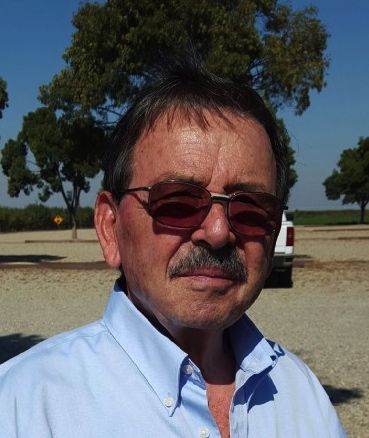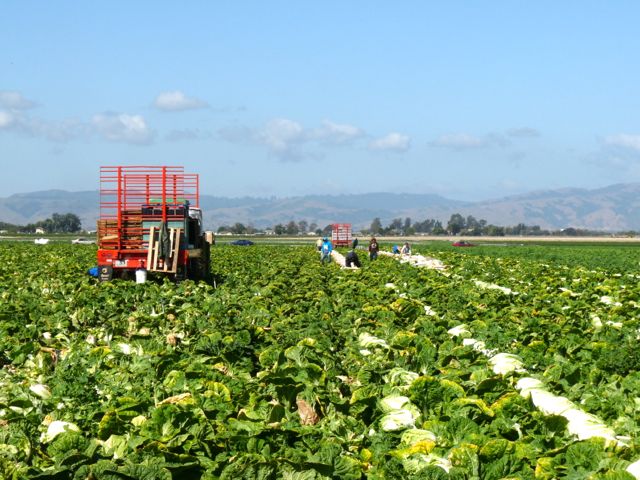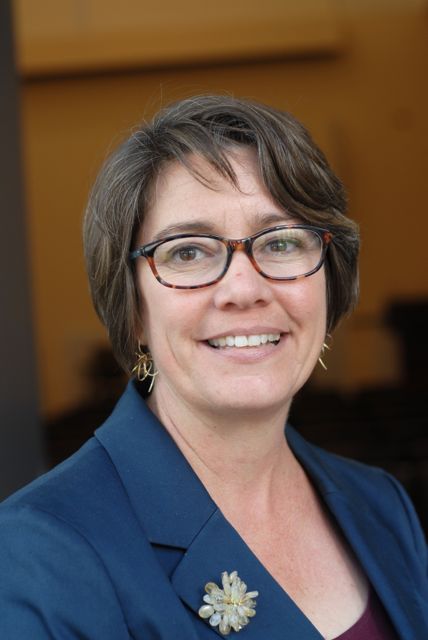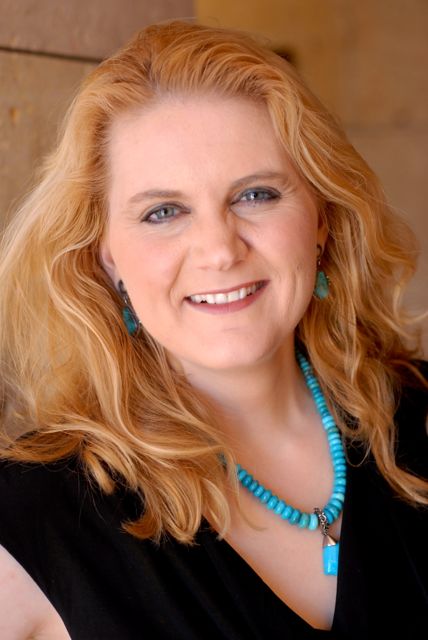Subsurface Drip Efficiency
Subsurface Drip Efficiency in Pomegranates
By Charmayne Hefley, Associate Editor
Subsurface drip irrigation, a more efficient form of water delivery, is growing in popularity and utilized on a widening range of crops. Claude James Phene, a research consultant for the UC Cooperative Extension, said subsurface drip efficiency is evident with both water and nitrogen in pomegranates.
Using a lysimeter, a big box on a calibrated truck scale that measures evapotranspiration, Phene can calculate the precise water requirement for pomegranates according to the soil moisture feedback indicated by the machine. Based on these calculations, Phene can make clear water recommendations to growers so they can accommodate the needs of their plants without exceeding them.
Because it is buried and targeted, subsurface drip irrigation also helps control weeds and reduce animal and traffic disturbances.
This six-year study has also demonstrated these drip lines prevent leaching—the loss of nutrients in the soil—that occurs with other types of irrigation systems. Phene explained, “The lysimeters are equipped with a drop-tube at the bottom so we can measure the nitrogen in any output to determine how much leaching occurs and to make recommendations on fertilizer.”












 “This trial and research actually monitors the amount of water and nitrogen we’re using and how much yield we’re getting under various best management scenarios,” Biscaro said, “and compares our practices to what the grower usually does.” Ultimately, the trial will help determine the yield of a celery field using best management practices, and how much water and nitrogen are required to achieve that yield.
“This trial and research actually monitors the amount of water and nitrogen we’re using and how much yield we’re getting under various best management scenarios,” Biscaro said, “and compares our practices to what the grower usually does.” Ultimately, the trial will help determine the yield of a celery field using best management practices, and how much water and nitrogen are required to achieve that yield.






